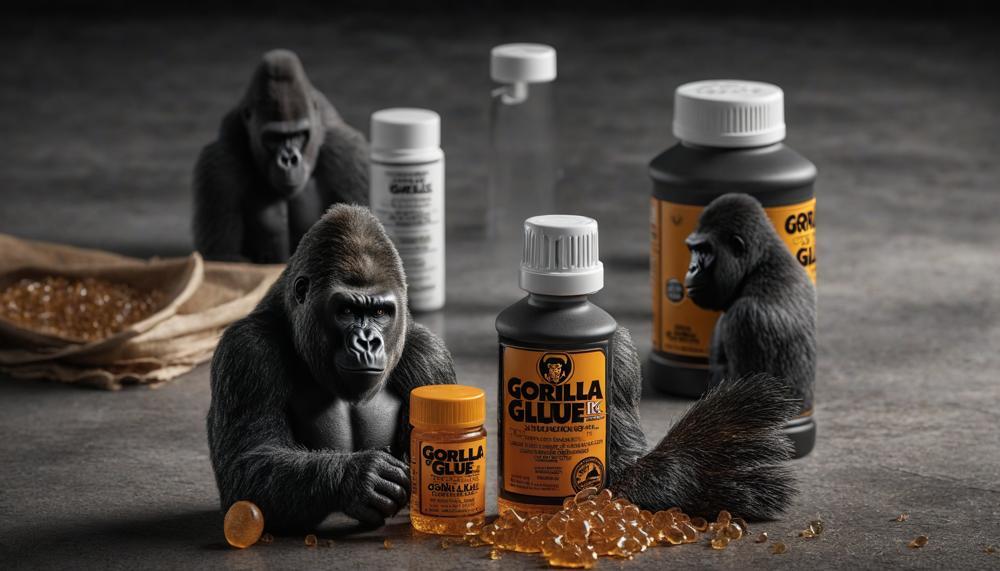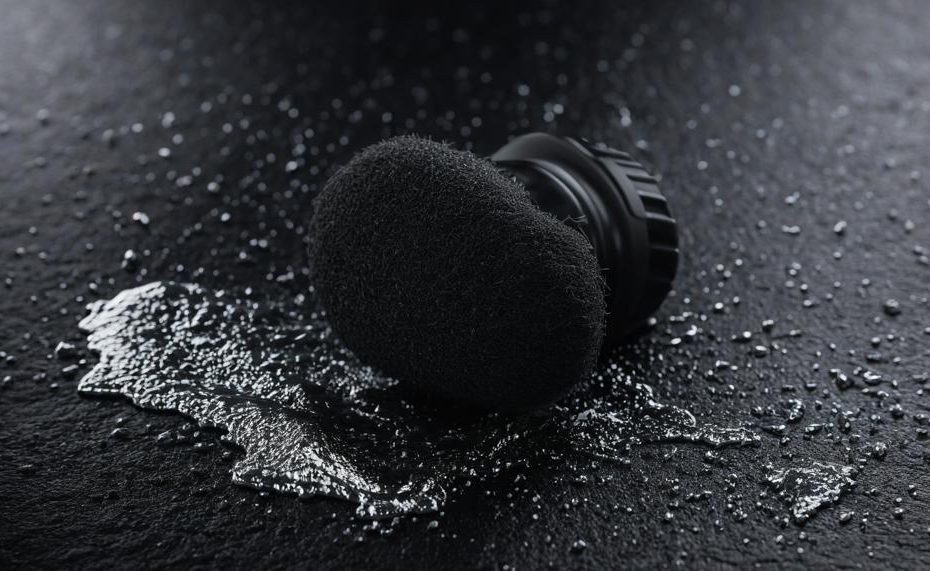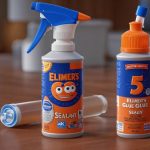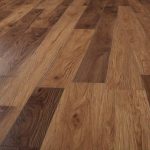Gorilla Glue is famous for its unbeatable bonding strength, making it a go-to for DIY enthusiasts and professionals alike. But what happens when this mighty adhesive finds its way onto surfaces it shouldn’t? Removing dried Gorilla Glue can be quite the challenge, but fear not—we’ve got the lowdown on how to tackle this sticky situation.
Imagine trying to salvage your favorite pair of jeans after an unfortunate spill or scraping glue off a beloved piece of furniture. It’s not just about the mess; it’s about preserving what matters to you. Dried Gorilla Glue demands special techniques for different surfaces, whether it’s wood, fabric, glass, or even your skin.
Here’s what you’ll take away from this guide:
- Removing Gorilla Glue from Skin: Use cooking oil or acetone-based products; avoid picking at the glue.
- Cleaning Glass Surfaces: Acetone or fingernail polish remover works wonders.
- Metal Surface Solutions: Employ sandpaper or scraping tools for effective removal.
- Saving Your Clothes: Goo Gone or lemon oil can rescue fabric from the sticky grip.
- Wood Care Tips: Avoid harsh chemicals like acetone; opt for safer alternatives.
Let’s dive into these methods, ensuring you’re equipped with the knowledge to handle any Gorilla Glue mishap with ease. Whether you’re dealing with a DIY disaster or an accidental spill, we’ve got practical tips to make sure your surfaces and skin stay glue-free.
Table of Contents
Gorilla Glue Safety and Preparation

Safety Precautions:
When using Gorilla Glue, follow these critical safety measures to avoid any accidents or mishaps:
- Protective Gear: Wear protective gloves, goggles, and a mask to prevent skin, eye, and respiratory irritation. Gorilla Glue can cause significant irritation upon contact.
- Ventilation: Work in a well-ventilated area to avoid inhaling any potentially harmful fumes from the glue.
- Follow Instructions: Always adhere to the instructions provided on the product label for specific safety precautions.
- Avoid Skin Contact: If Gorilla Glue gets on your skin, avoid picking at it. Use cooking oil or acetone-based products to remove it safely.
- Emergency Procedures: Be aware of first-aid measures in case of accidental ingestion or contact with eyes. Seek immediate medical attention if necessary.
Area and Material Preparation:
Preparing the area and materials properly is crucial for achieving the best results with Gorilla Glue:
| Step | Action | Details |
| 1 | Clean the Surface | Ensure that the surfaces to be bonded are clean and free of dust, dirt, and debris. This can be achieved using a damp cloth or paper towel. |
| 2 | Sand or Roughen | If possible, sand or roughen the surfaces to enhance the bond. Be cautious to avoid scratching or damaging delicate surfaces. |
| 3 | Test Patch | Apply a small amount of glue to a test area to check for compatibility and effectiveness before proceeding with the full application. |
| 4 | Dry the Surfaces | Ensure the surfaces are dry before applying the glue, as moisture can affect the bonding process. |
| 5 | Apply Sparingly | Gorilla Glue expands as it dries, so use it sparingly. Apply a small amount and spread it evenly with a brush or disposable applicator. |
| 6 | Bonding Time | Press the surfaces together firmly for at least 20-30 minutes to ensure a strong bond. Let the glued object sit undisturbed for 24 hours to fully cure. |
How to Remove Gorilla Glue From Skin: 5 Go-To Methods
Acetone (Nail Polish Remover)
Soak a cotton ball or cloth in acetone-based nail polish remover and apply it to the affected area. Gently rub the glue until it begins to loosen. This method can be drying to the skin, so follow up with a moisturiser.
Warm, Soapy Water
If the glue is still fresh, soak the affected skin in warm, soapy water for several minutes. Once softened, gently peel or roll the glue off your skin. This is the safest method but might take a bit longer for fully dried glue.
Olive Oil or Coconut Oil
Apply a generous amount of olive oil or coconut oil to the glue-covered skin. Massage the oil in for a few minutes, which helps to break down the adhesive properties of the glue. Wash with warm, soapy water afterward.
Pumice Stone
After soaking your skin in warm, soapy water, gently use a pumice stone to rub off the softened glue. Be careful not to scrub too hard to avoid skin irritation or damage.
Lemon Juice
Lemon juice is a natural alternative to chemical solvents. Soak the glued area in lemon juice for a few minutes, then gently rub the glue off. This method is gentler on the skin but might be less effective for thicker layers of glue.
Conclusion
Navigating the challenge of removing dried Gorilla Glue might seem daunting, but with the right techniques, it’s entirely manageable. Whether you’re dealing with glue on your skin, clothes, or various surfaces like wood, metal, or glass, specific methods can effectively handle each scenario.
For skin, common household items like cooking oil or acetone-based products are your best bet. Simply avoid picking at the glue and instead apply these solvents to break down the adhesive. Glass surfaces benefit from acetone or nail polish remover, which can dissolve the glue without harming the glass.
When it comes to metal, a more abrasive approach is necessary. Using sandpaper or scraping tools can effectively remove the glue without damaging the surface. For fabric, products like Goo Gone or lemon oil work wonders to lift the adhesive from your favorite clothes.
Wood surfaces, however, require a gentler touch. Avoid using harsh chemicals such as acetone. Instead, safer alternatives like a mild solvent or even simple scraping can help preserve the integrity of your wooden items.
In essence, while Gorilla Glue’s strength is impressive, these practical tips ensure you can tackle any glue mishap with confidence.






